Texas Music Gallery debuts with Ray Benson Exhibition
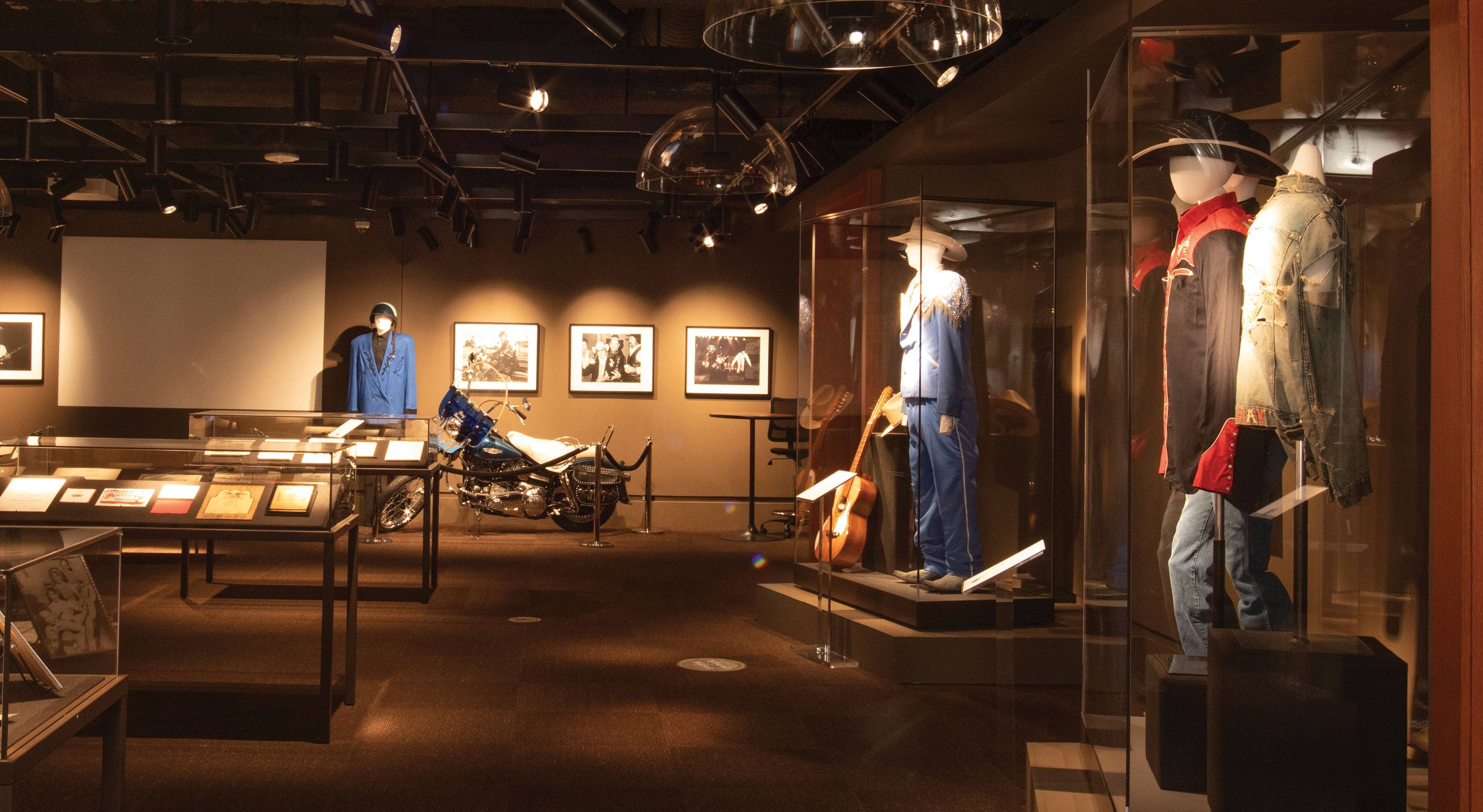
Wittliff expansion salutes Asleep at the Wheel frontman and Texas Swing
By Hector Saldaña
Dark painted walls. Dramatic lighting, daringly high ceiling, and exposed steer griders.
The Wittliff Collections’ new Texas Music Gallery makes an immediate impression on every guest to the seventh floor of the Albert B. Alkek Library at Texas State University. It’s no accident that the design conjures a spacious Texas dance hall.
Its opening in August 2020 followed the debut of the beautiful Edward Curtis and Treasures of The Wittliff galleries, the expanded and modernized Lonesome Dove permanent exhibit, and a new entrance.
The Texas Music Gallery is part of a phased multimillion-dollar, high-tech expansion of The Wittliff that includes museum exhibition and work areas with a total square footage almost the size of a football field. The Wittliff Collections was founded by Austin screenwriter and photographer Dr. Bill Wittliff and his wife, Dr. Sally Wittliff. Its mission is to collect, preserve, and share the artistic process that springs from the Southwestern imagination.
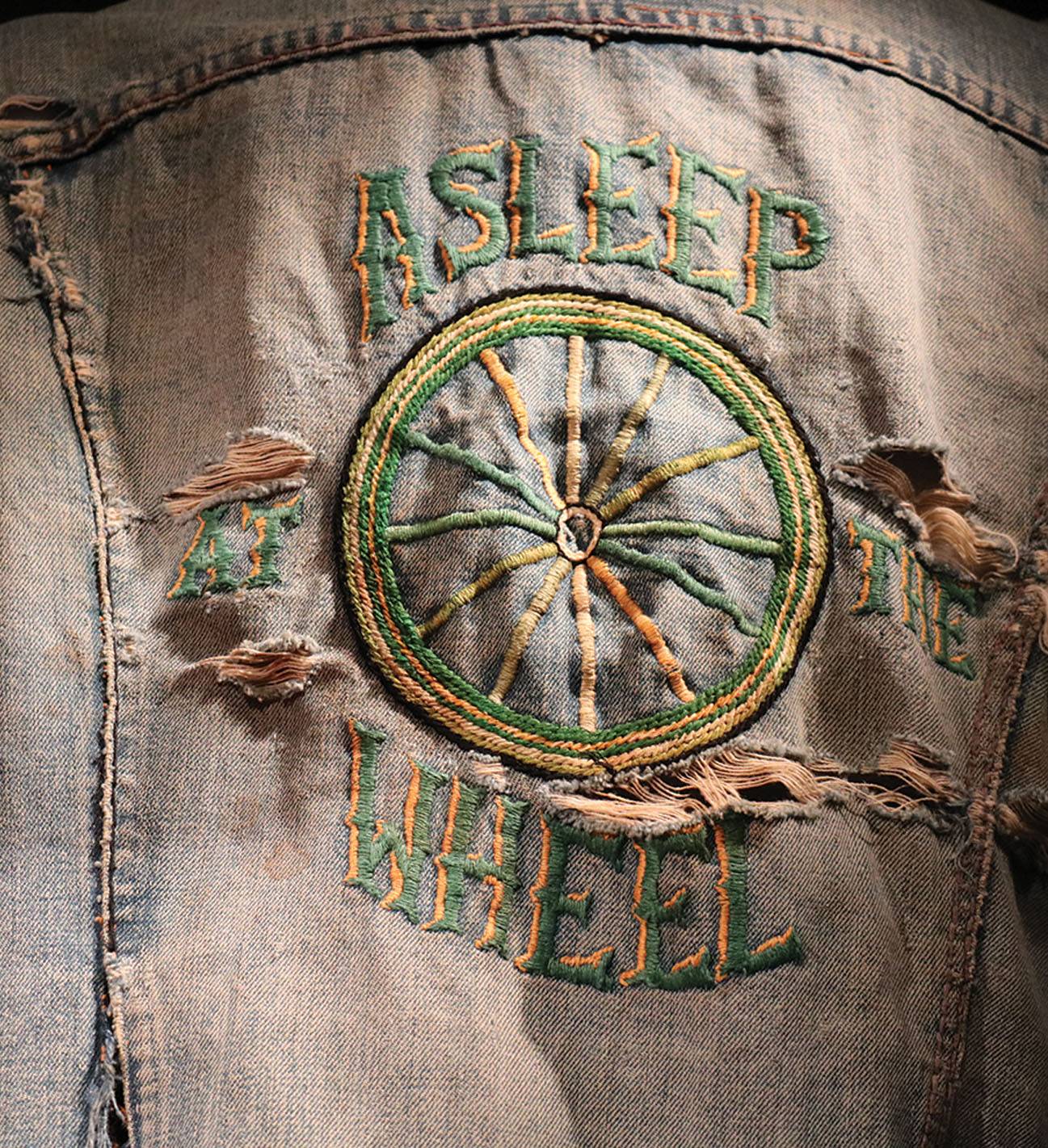
Expectations were understandably high for the music gallery’s debut exhibition. The exciting moment was met with a celebration of a musician who is literally and figuratively a towering icon of Texas music: Ray Benson of Asleep at the Wheel.
He is the perfect introduction. “Ray Benson: 50 Years” is a deep dive — as well as a fun and flashy look — into the life of a Grammy-winning musician who is the greatest promoter and embodiment of the adventurous spirit and music of Bob Wills and His Texas Playboys.
The new exhibit, which runs through fall 2021, could just as easily been called “Ray Benson: In His Own Voice” or “Through His Eyes.” That’s because not only does the exhibit include remarkable and rare artifacts, photographs, guitars, stage outfits, awards, calendars, documents, and ephemera from his archives preserved at The Wittliff, but it also features Benson narrating some of the story via new sound domes located in front of several display cases. The effect brings the exhibit to life in a new way.
Two large video walls offer documentary visual and audio dimension to the music gallery. Visitors can see and hear the music that made Asleep at the Wheel famous. The video walls are visible from other galleries, as well as from the lobby. On loan are such items as Benson’s 1969 Harley-Davidson, his custom-designed “Yellow Rose'' electric guitar, a dazzling suit from his TV movie appearance with Dolly Parton, and a tattered denim jacket with the first Asleep at the Wheel logo.
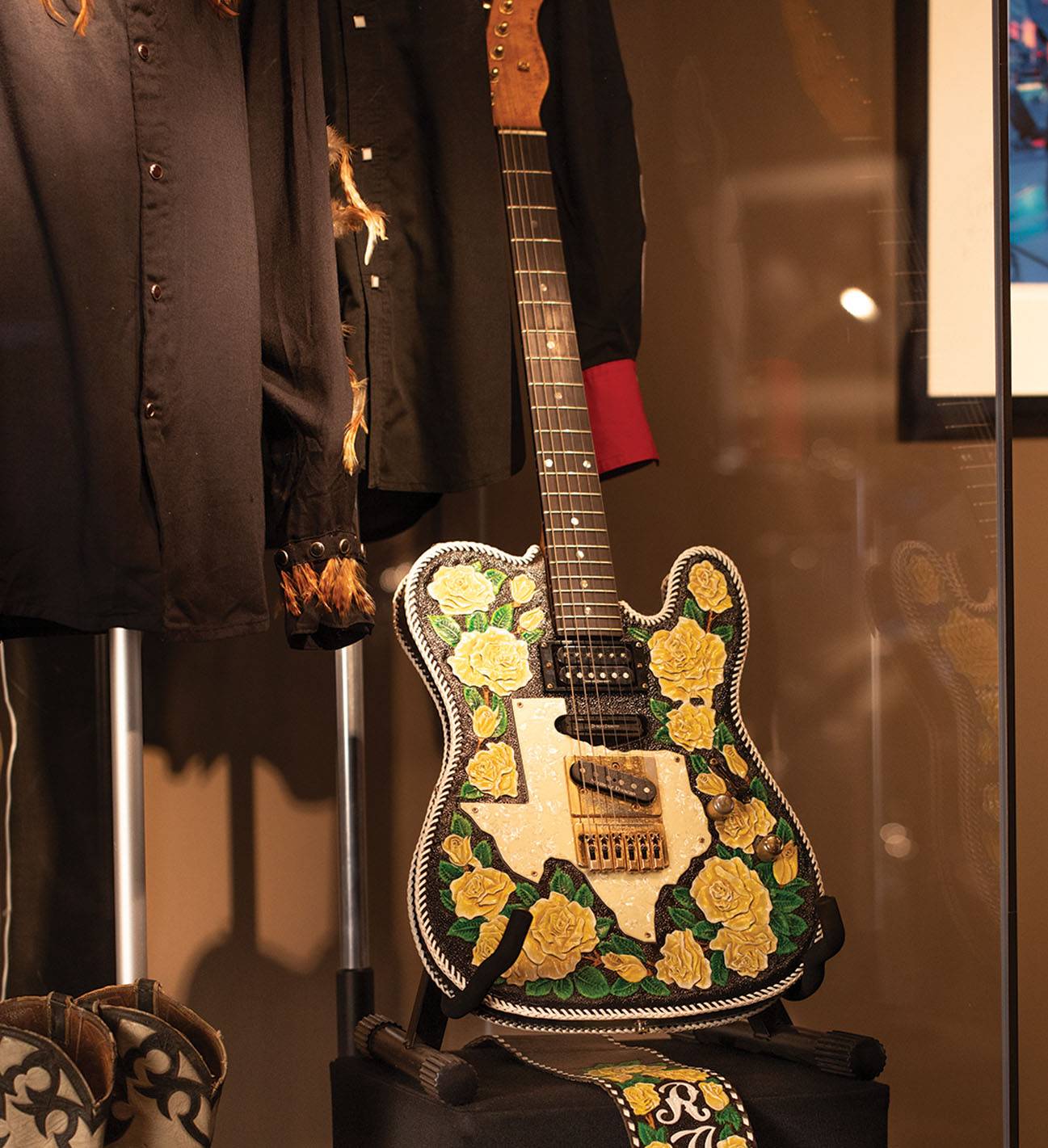
Around the world, Asleep at the Wheel is synonymous with Texas Western swing. It’s a hard-earned reputation. Asleep at the Wheel Achieved its legendary status by riding the country-rock and outlaw country wave of the late 1960s and early 1970s — and finding a niche.
Inspired by the energy and showmanship of Commander Cody and His Lost Planet Airmen, Benson’s gang tirelessly forged a career by following his love of pure Western swing, country, rock ’n’ roll, jazz, boogie-woogie, and Texas blues. The lanky musician’s larger-than-life persona and his sense of flair and fun were the cherry on top. Like Jerry Jeff Walker, Benson was an outsider.
Benson, the self-described “Jewish Yankee Hippie from Philadelphia,” also became an Austin institution after settling in Texas in the mid-1970s. He is a respected and beloved singer-songwriter, record producer, record label owner, and voice-over actor, as well as a longtime advocate for musicians. Benson is also a survivor, finding himself part of the national conversation in spring 2020 when he tested positive for COVID-19. He would come away from the virus 35 pounds lighter.
The Benson exhibit includes six tall display cases and three table cases augmented with many wall photographs and vintage posters. Especially enticing items on display include a fiddle played by Bob Wills and Doug Sahm’s bajo sexto, which has never been part of an exhibit. Sahm and Benson were friends, and Benson’s record label released a late-period Texas Tornados album.
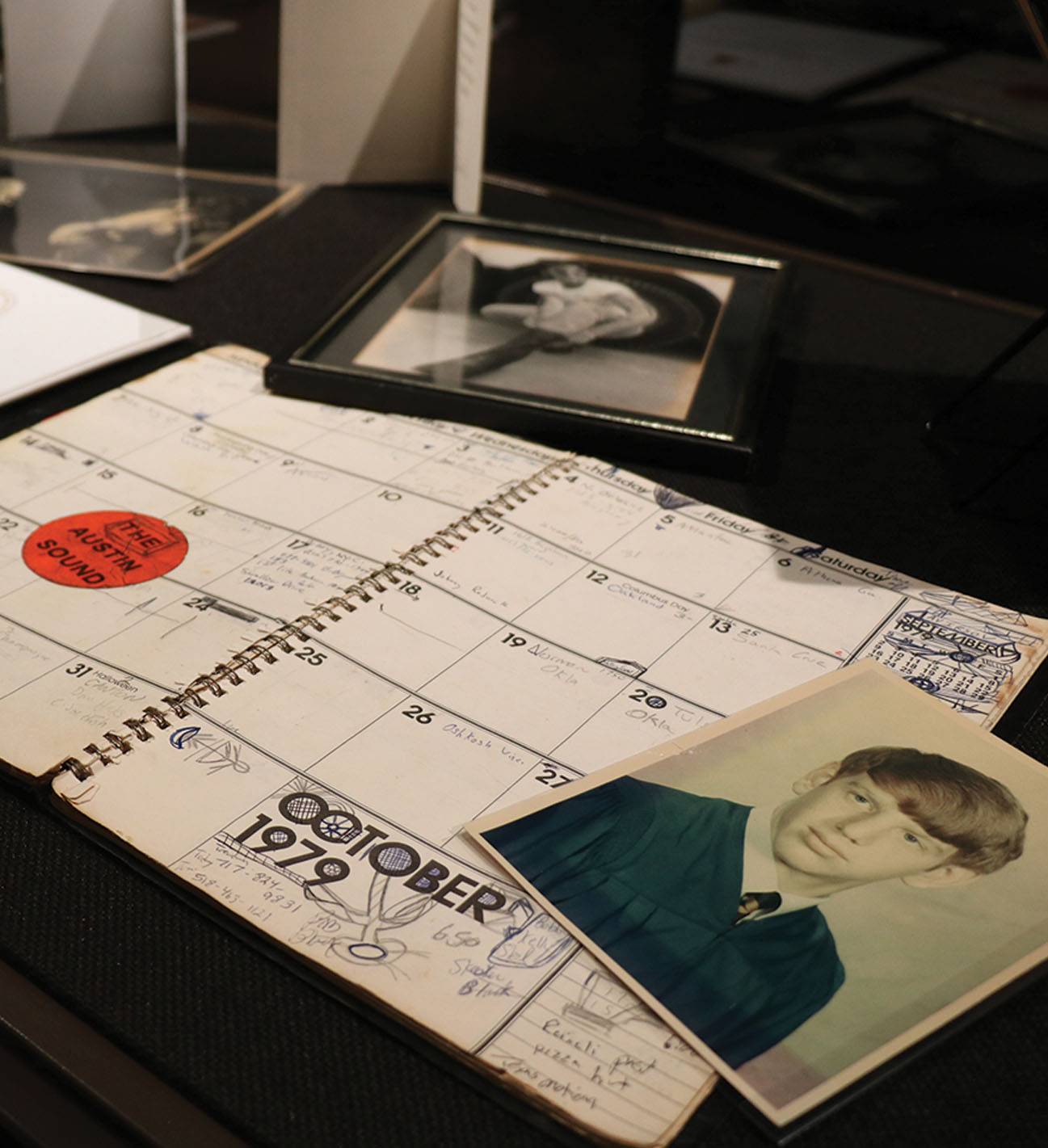
Three extra-large, high-definition vertical touch screens greatly expand the display capacity of the music gallery with several virtual causes of digitized materials. Visitors may discover timelines, dozens of photos and documents, newsletters, newspapers, and more at their own pace. Of particular interest on the touch screens are the calendars from the band’s earliest days, allowing for month-by-month examination. When Benson visited the exhibit, he was enthralled by the digitized calendars and shared stories of meeting legendary Irish R&B singer-songwriter Van Morrison for the first time and filled in gaps about long-ago nightclubs and $125 gigs.
Visitors may enter the Texas Music Gallery via the main photo gallery, the Edward Curtis Gallery, or the Treasures of The Wittliff gallery. From the main photo gallery and the Treasures gallery, music fans will see diverse music collection photos and posters. A corridor near the entrance known as La Avenida also displays many treasures of the collection.
Planning is underway for the exhibition that will follow “Ray Benson: 50 Years.” Set to open in early 2022 is a celebration of the greatest women of Texas music. The list includes such giants in the industry as Lydia Mendoza, Barbara Lynn, Janis Joplin, Selena, Cindy Walker, Destiny’s Child, Marcia Ball, Terri Hendrix, Lou Ann Barton, Rosita Fernandez, Barbara Pennington, Sisters Morales, Abra Moore, Gina Chavez, Kathy Valentine, and many others. ✪
Jerry Jeff Walker archives at The Wittliff
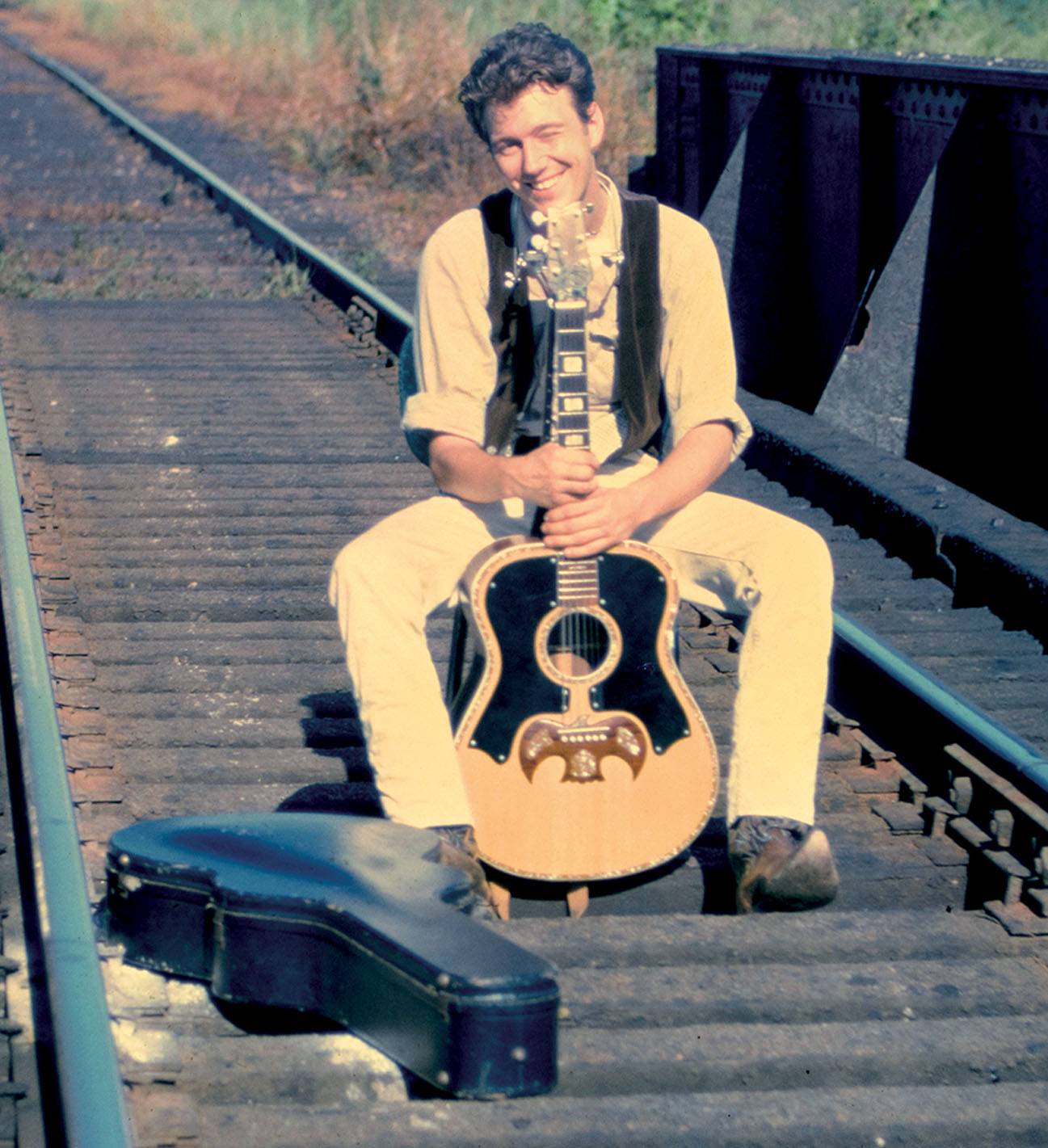
Jerry Jeff Walker donated his archives to The Wittliff Collections in 2017. The gift from Walker, who died on Oct. 23, 2020, comprises more than 100 boxes of materials spanning Walker's entire career, featuring master tapes, photographs, hand-written lyrics, and artifacts.
Walker, who was from the Northeast U.S. to Austin in the early 70's with the likes of Willie Nelson, Doug Sahm, and Asleep at the Wheel. he immediately became a key figure in Austin, and his historic "Viva Terlingua!" album from 1973 helped establish the Austin music movement.
In 2018, The WIttliff celebrated Walker with "¡Viva Jerry Jeff! The Origins and Wild Times of a Texas Icon." Based on his personal archives, the exhibit shed new light on how this small-town New York athlete came to embody Texas music and usher in the progressive country and redneck rock era of the 1970s.
While researching and preparing the exhibition, The Wittliff Collections acquired the earlier known recordings of the young folk singer and songwriter made in New orleans in 1964 and 1965, as well as several unpublished photographs. The historic recordings included published and unpublished original songs.